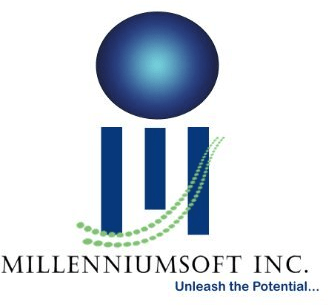Senior Project Manager – Required Industry exp in regulated and Medical Device


Job title: Senior Project Manager – Required Industry exp in regulated and Medical Device
Company: MillenniumSoft
Job description: Position : Senior Project Manager – Required Industry exp in regulated and Medical DeviceLocation: Franklin Lakes, NJDuration: 10 MonthsTotal Hours/week: 401st ShiftClient: Medical Devices CompanyJob Category: ITLevel of Experience: Senior LevelEmployment Type: Contract on W2 (Need US Citizens or GC Holders or GC EAD or OPT or EAD or CPT)Job Description:1. Summary
- The Senior Project Manager works with executive and director level business leaders to understand the strategic objectives for major business change initiatives and define the tactical projects to realize these objectives.
- The Senior Project Manager leads the projects through building effective relationships with business leaders, project team and project stakeholders.
- The Senior Project Manager drives the delivery of the projects/program through advanced project management techniques and methodologies.
- The Senior Project Manager balances the demands of multiple medium/large projects ($.5M – $1M) or larger programs ($1M-$10M).
2. Key Skills, Experience, & Responsibilities
- Managing budgets, developing schedules, managing risks / issues, facilitating meetings and reporting status.
- Creating long and short-term plans, including setting targets for milestones and adhering to deadlines.
- Making effective decisions when presented with multiple options for how to progress with the project.
- Act as a point of contact for teams when multiple workstreams are assigned to the same project to ensure team actions remain in synergy.
- Maintains a holistic view of all features and enhancements being deployed in releases.
- Ensures project documents are complete, current, and stored appropriately.
- Develop and maintain the collaborative sites (Teams, SharePoint) and shared areas required to manage project milestones/deliverables, and communicates the key milestones periodically, as defined by the project team.
- Establishing effective communication plan with project team and key stakeholders, and effectively communicate the project updates, risks and any inquiries from the project team or business stakeholders.
3. Required Qualifications & Experience
- The ideal candidate will bring a combination of strategic understanding, change management experience & exceptional communication & analytical skills together.
- 5 – 10 years of senior project management using PMBOK guidelines.
- Proven track record of collaborating with functional leads to facilitate complex technical/business problem discussions and summarizing solutions to leadership.
- Ability to handle ambiguity effectively and manage multiple projects at once in parallel.
- Experienced knowledge of project management methodologies such as SDLC, SCRUM, Agile, hybrid and best practices.
- Demonstrate the ability to lead teams within a highly regulated industry including but not limited to FDA 21 CFR, CFR Part 280, and ISO 13485.
- Experience working with and managing 3rd party vendors.
- Experience in managing highly visible projects with multiple workstreams and technology.
- Experience with executive level communications written & oral.
- Establish, maintain, and collaborate stakeholder relationships, expectations both internal and external for the project and organization.
- Must be a self-starter with the ability to work independently with minimal supervision.
- Demonstrable Resilience, empathy, and accountability.
- Proficient in using Microsoft Suite (PowerPoint, Excel, Outlook, MS Teams, MS Project), JIRA and Confluence. Required Project Qualifications.
- PM must have experience of managing large ERP projects with multiple sub-components/workstreams.
- Looking for a proactive and experienced Project Manager who not only manages the overall health of the project but also the manages the individual components and ties them back to the overall project.
- Understands the Technology team and Business team governance models and adheres to that.
4. Nice to Have
- 5 + years of experience in large scale, global Life Science, Pharmaceutical and/or Health Care network is highly preferred
- PMP, or PGPM PMI Certification or equivalent preferred
- Project Management specialization training preferred
- Experience working in Agile teams.
5. Education
- Business Administration/Computer Sciences/Engineering or related degree that provides strong PM skill development. MBA or MS a plus
Expected salary:
Location: Franklin Lakes, NJ
Job date: Fri, 01 Nov 2024 23:59:48 GMT
Apply for the job now!